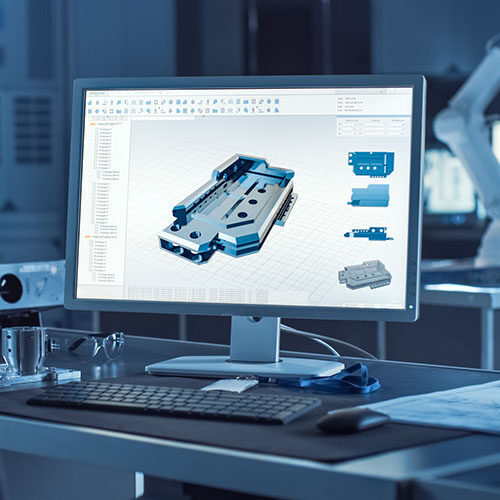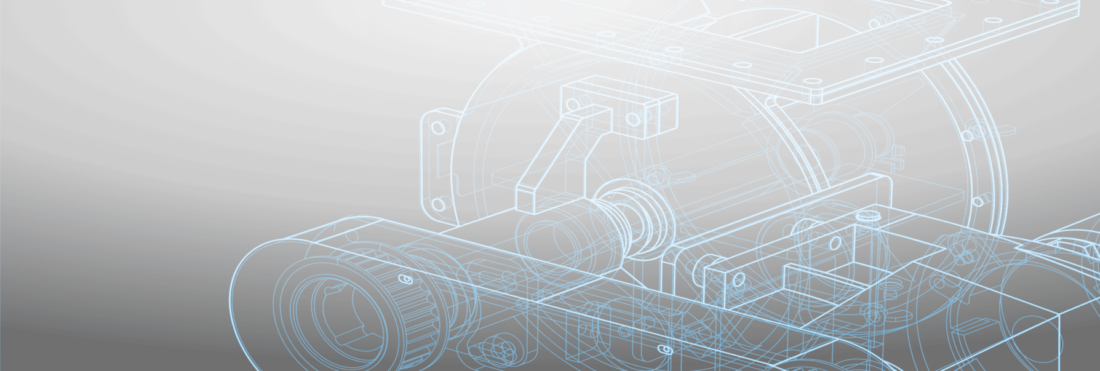
Learn about the benefits of software integrations with Genius ERP, and how they can enhance your business processes. Discover the real-world advantages of integration through a case study presentation of nesting software Sigmanest and Genius ERP.
Get your eBook Scared to implement a new ERP?
"*" indicates required fields



